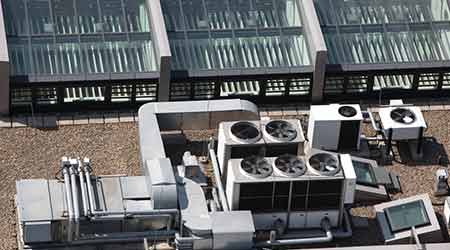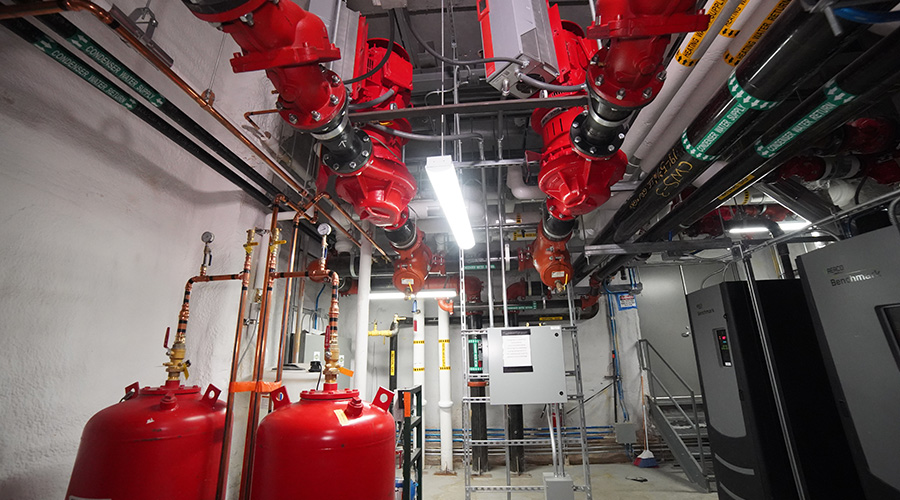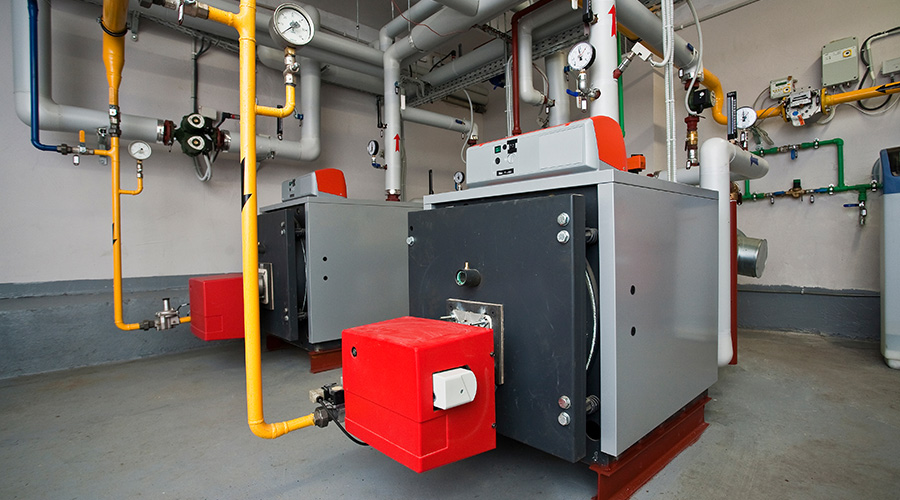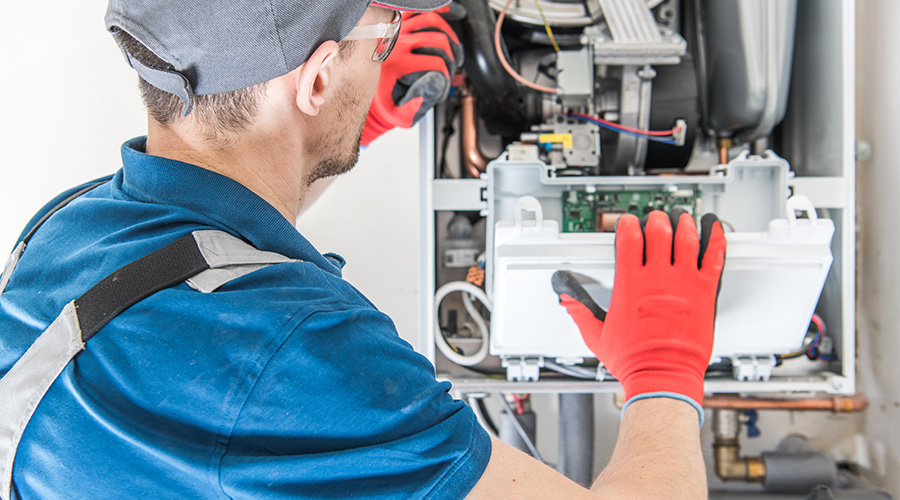Understanding Radiant Heating/Cooling and Demand-Control Ventilation as Alternative HVAC Strategies
Last part of a 3-part article describing the pros and cons of five alternative HVAC approaches
The final two options in our discussion of five alternative HVAC strategies are radiant heating/cooling and demand-control ventilation. Here is a look at both.
Radiant Heating/Cooling
Water-based systems, which can be successfully coupled with DOAS, can make effective HVAC systems. Radiant systems are energy efficient in that they take care of the space-sensible load without moving a lot of air around. Heat can be moved using any one of the three modes of heat transfer: conduction (heat transfer from objects touching), convection (like your oven at home), or radiation (like sitting in front of the fireplace.) Most commercial spaces have all three modes of heat transfer occurring simultaneously.
While radiant systems offer a variety of benefits, they aren’t always the ideal choice for some U.S. climates and building types. When commercial buildings heat up, space loads can change relatively quickly, as when the number of people in a room suddenly increases or solar heat gain infiltrates one side of the building. In these cases, the HVAC system needs to react quickly.
Radiant is also not a good fit for climates where high humidity is an issue, like the South. One of the complications with using radiant cooling in the South is the constant threat of condensation on interior building surfaces. To provide sufficient cooling in high load areas, the system needs a lot of surface area and colder water. If you don’t control the interior dew point temperature, the ceiling starts to look like a glass of the South’s sweet tea in the summer. And that can lead to the dreaded “M” word — mold.
Demand-Control Ventilation
While not actually a system, but rather a good conservation strategy, demand-control ventilation brings in only as much outside air as needed. Allowing in less outdoor air means there’s less air to heat, cool, or dehumidify. Although minimum levels are mandated by building codes and standards like ASHRAE Standard 62, facilities still need to promote indoor air quality. In some cases, that may mean going beyond code minimums for outdoor air. LEED, for instance, offers points for proving the ability to exceed the minimum ventilation levels for a building.
Ventilation codes are based on occupancy and space sizes and types in commercial building. The idea with demand-controlled ventilation is to match the airflow with the actual occupancy, rather than simply pumping the maximum amount of outside air required at design condition. To determine what these ventilation levels need to be, technology like CO2 sensors or access control devices, which quantify occupancy, can be tied into a building automation system, which then controls the positioning of dampers accordingly.
Making the Choice
Ultimately, most buildings will still go with today’s standard VAV systems. The technology is affordable, the system reacts quickly to climate and occupancy changes, and economizer cycles can be used in tandem with VAV for free cooling.
However, climate, building use, and budget will largely determine whether building owners consider alternatives to typical VAV systems. Understanding how these alternative technologies work — and their pros and cons and optimal applications — will help facility managers make the ultimate decision for a facility.
Dave Callan, PE, CEM, QCxP, is a partner and vice president with McGuire Engineers in Chicago.
Related Topics:














